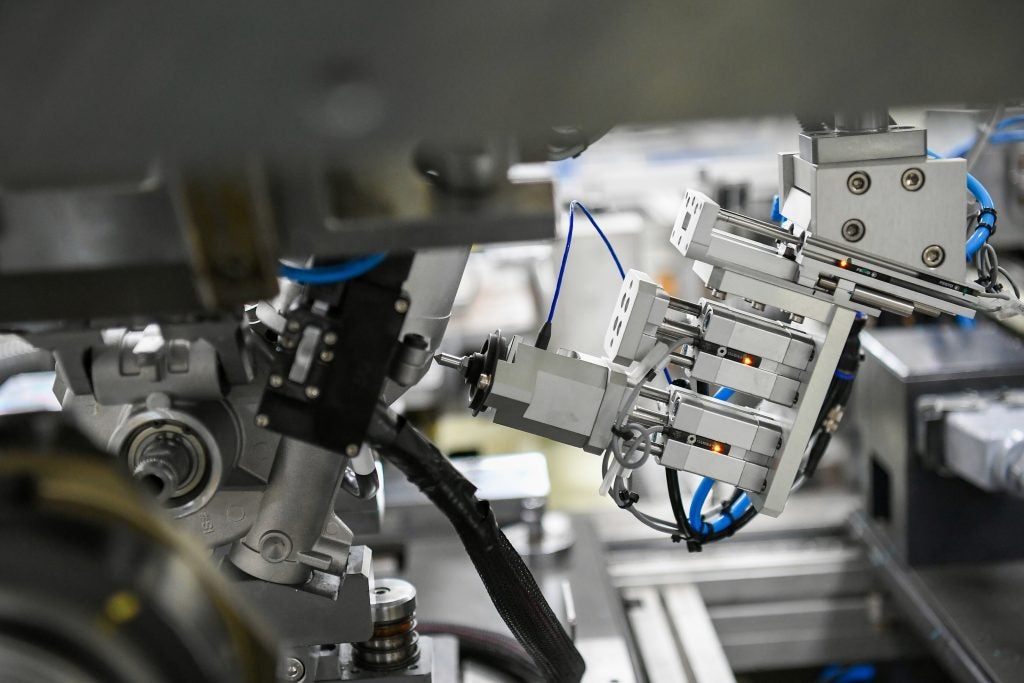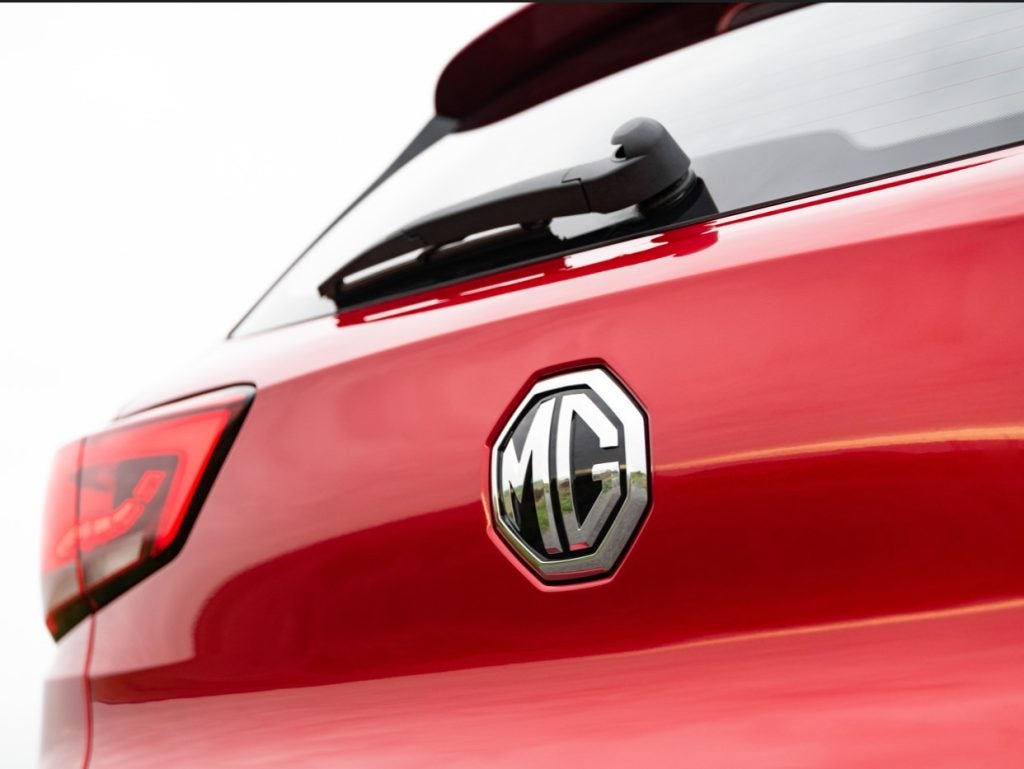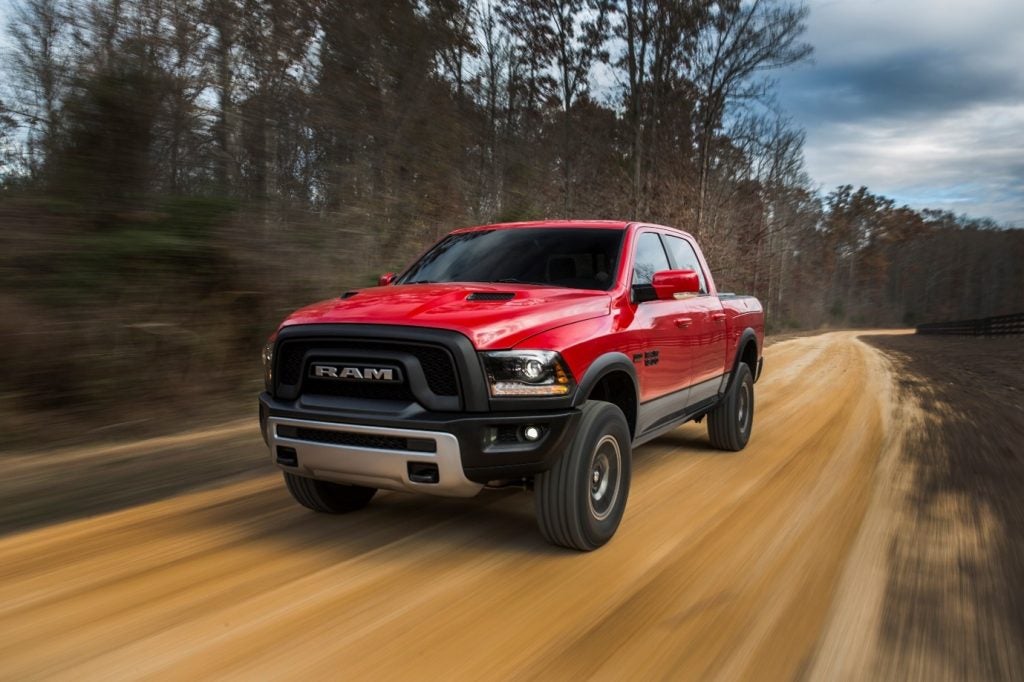The importance of robotics in the automobile industry has increased recently, but the theme has always been significant. The term Fordism was coined in the 1930s to describe the automation of the vehicle assembly line. Devol’s Unimate was adopted by General Motors in 1961, some fifty years after the Ford Motor Company had introduced assembly line production.
Industrial robots have been used in vehicle manufacturing factories globally for decades, but those in use today are more advanced than ever, and robotic use cases in the automotive industry are continually increasing.
Leading automotive companies in robotics
Robotics can significantly accelerate processes, resulting in high output in a short period. Welding, handling, and assembly are all parts of the initial production process. Later steps involve robotic finishing, quality control using machine vision, and robotic painting. Robots can efficiently piece together large, heavy components that are difficult and dangerous for humans to handle because of their size and weight. Hence, robots in the automotive sector are known to increase outputs and efficiency while decreasing costs and risks for human workers.
Leading adopters of robotics in the automotive industry are Audi, BMW, Ford, General Motors, Honda, Nissan, Stellantis, Tesla, Toyota, and Volkswagen.
Discover the leading robotics companies in the automotive industry
Using its experience in the sector, Just Auto has listed some of the leading companies providing products and services related to robotics.
See Also:
The information provided in the download document is drafted for automotive industry executives and technology leaders involved in automotive robotics solutions.
The download contains detailed information on suppliers and their product offerings, alongside contact details to aid purchase or hiring decisions.
Amongst the leading vendors of robotics in the automotive industry are Fanuc, KUKA AG, ABB, Yaskawa Motoman, Kawasaki Robotics, Densu Robotics, Comau, Symbio Robotics, Rockwell Automation, and Seiko Epson.
Impact of robotics on the automotive sector
The importance of robotics in the automotive sector has surged in the last century. Robots can be used to support part handling and transfer. Working with vehicle parts is associated with several risks for employees. They could be exposed to items with extremely sharp edges, molten metal, and excess weight in the production line that could cause injury or death. Robots are the perfect solution to mitigate these risks, as machinery can be exposed to these hazards with relatively little risk. This can speed up the handling process and reduce the risk of accident and injury claims by omitting the need for employees to work in dangerous environments.
While adopting robots cannot fix the issues across the automotive supply chain, they can speed things up drastically, ensuring high output in a short amount of time. Robots can aid in the assembly of vehicles by improving throughput and assisting in keeping up with demand. However, companies must apply automotive robotics solutions cautiously. While the innovative use of robotics in the automotive sector is encouraged, a lack of preparation and research before tech implementation can put additional strain on supply chains.






